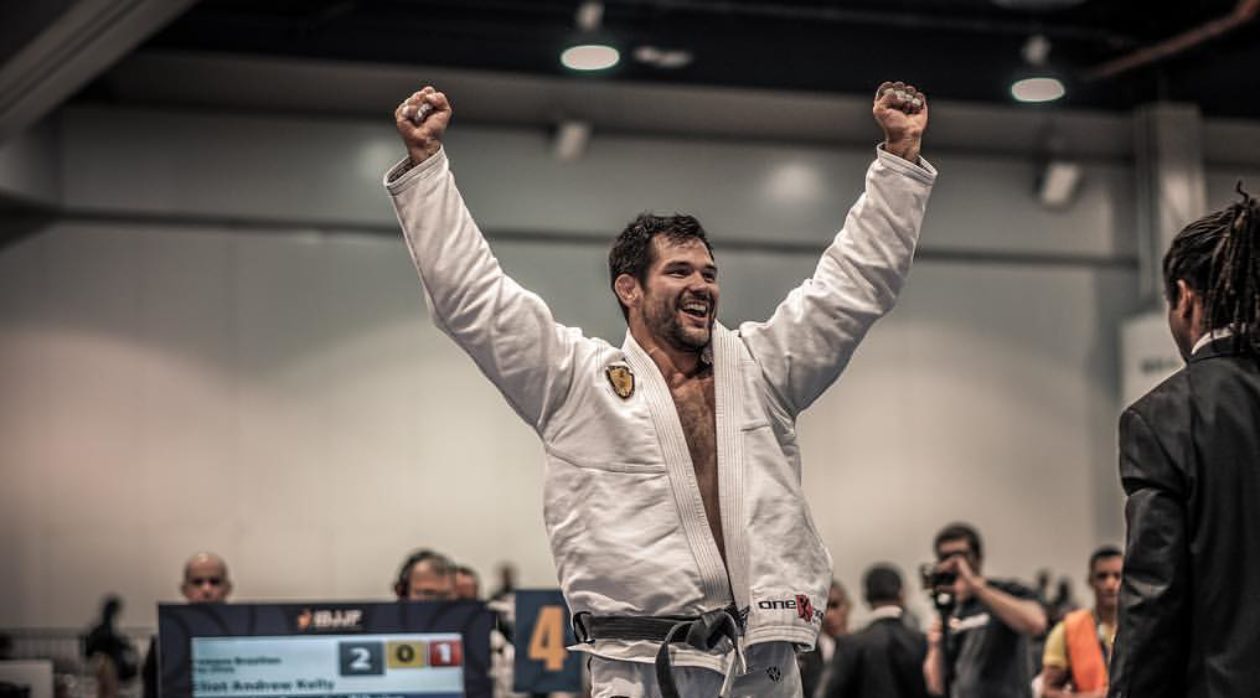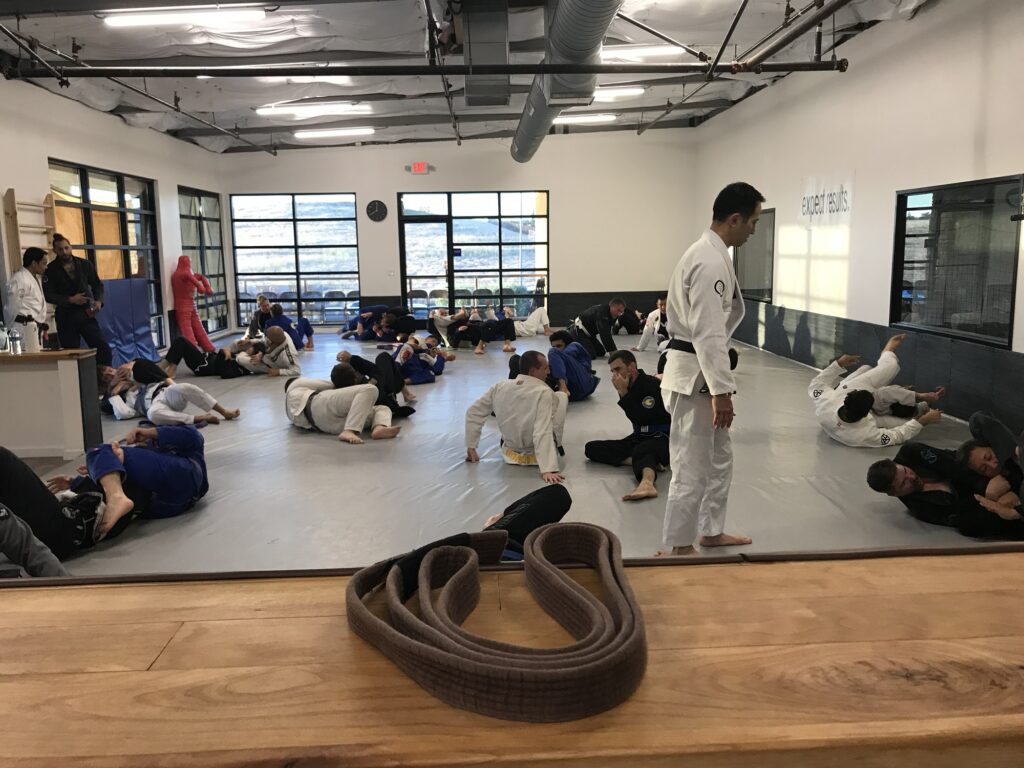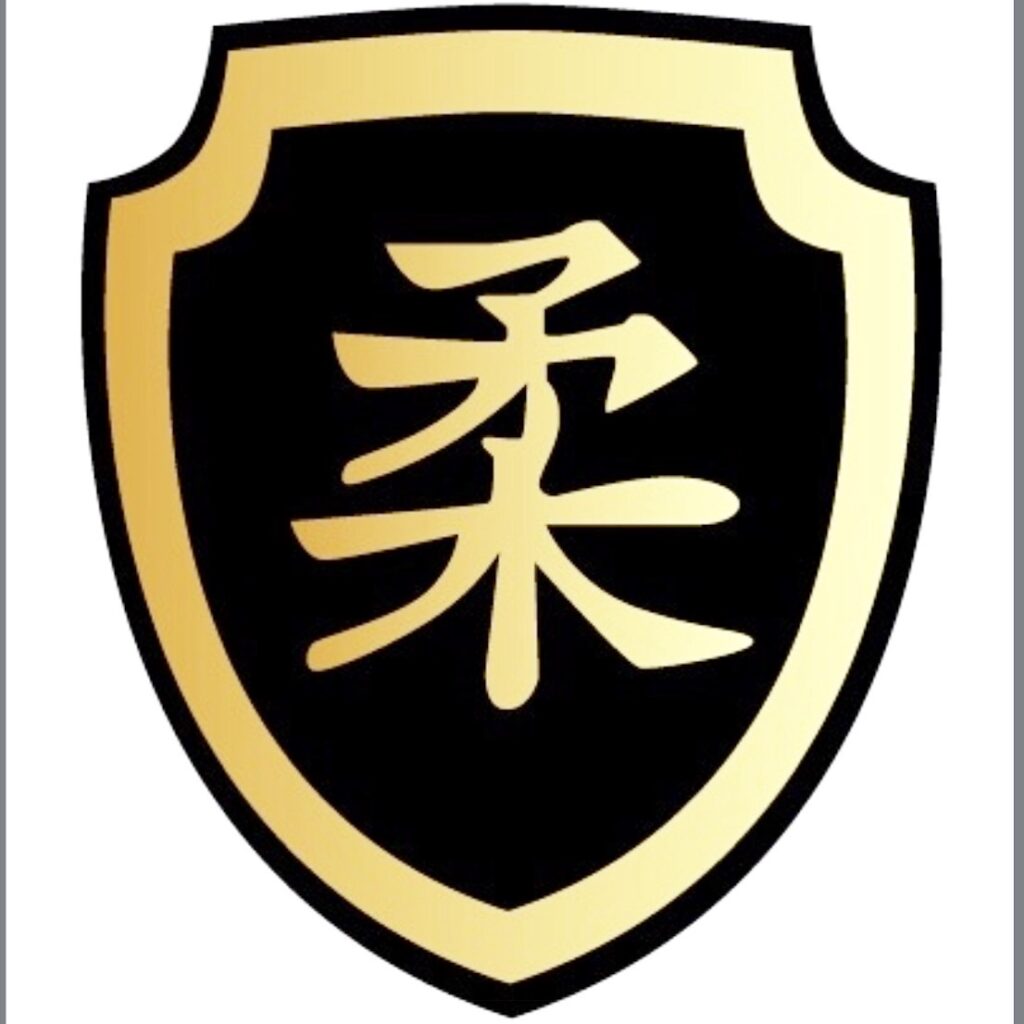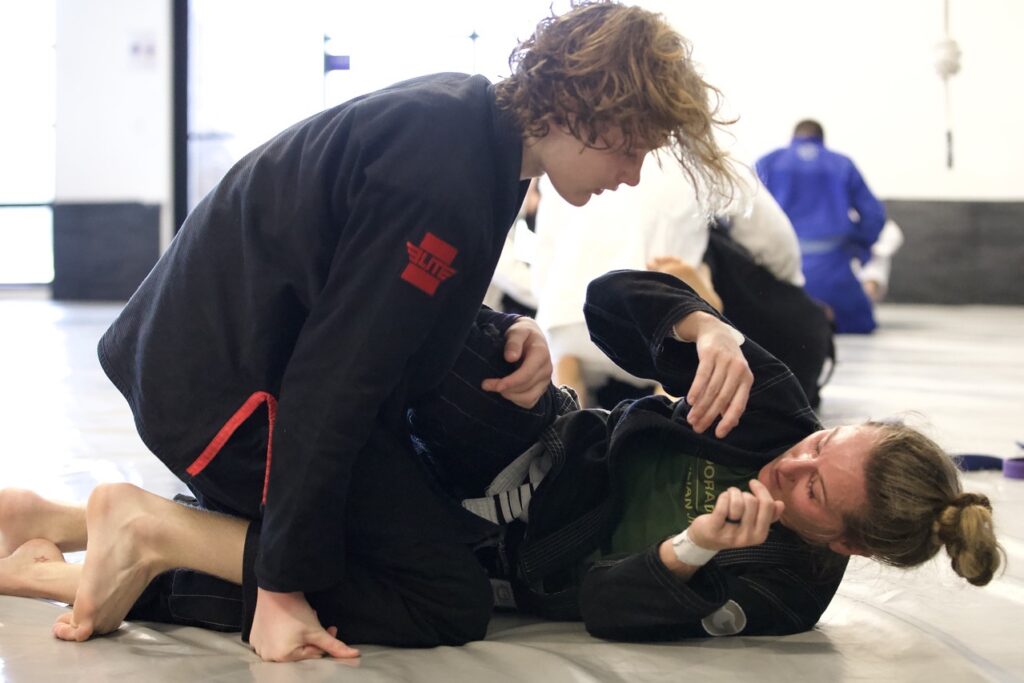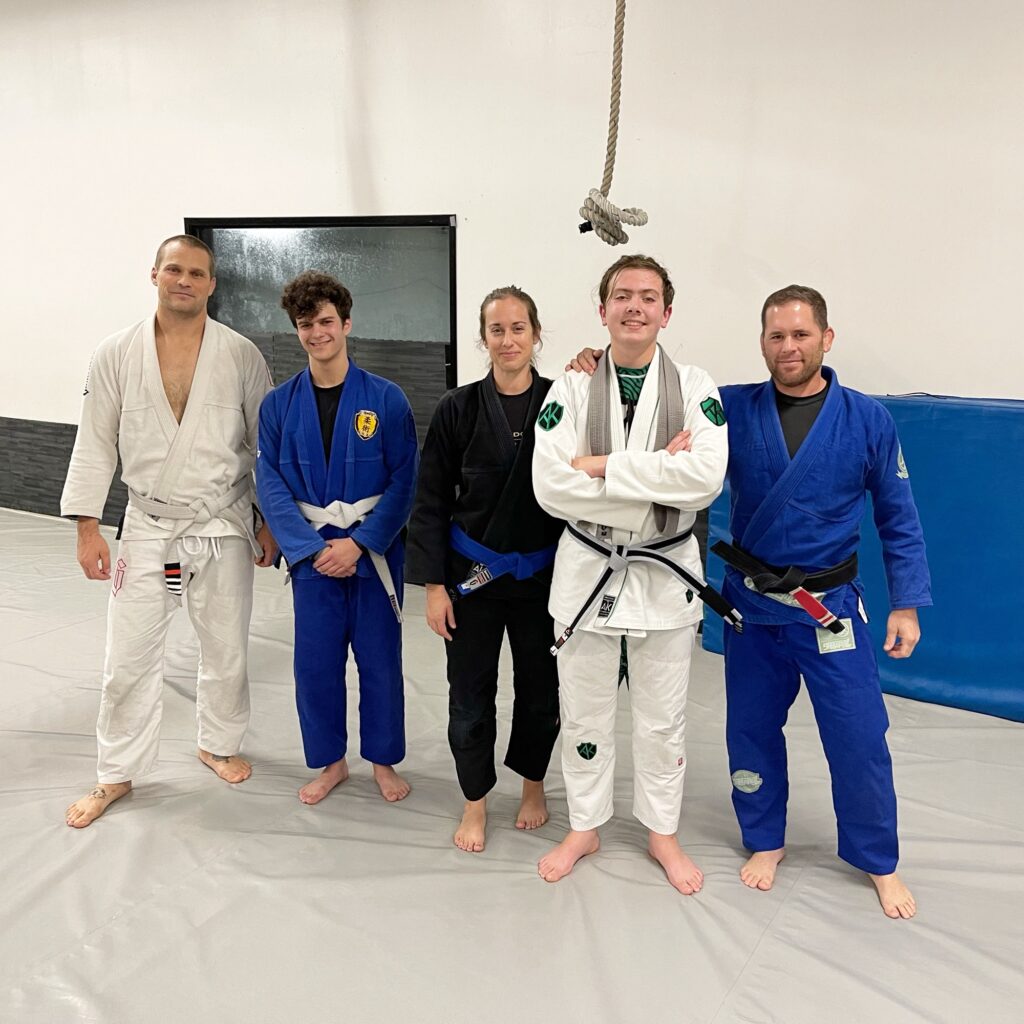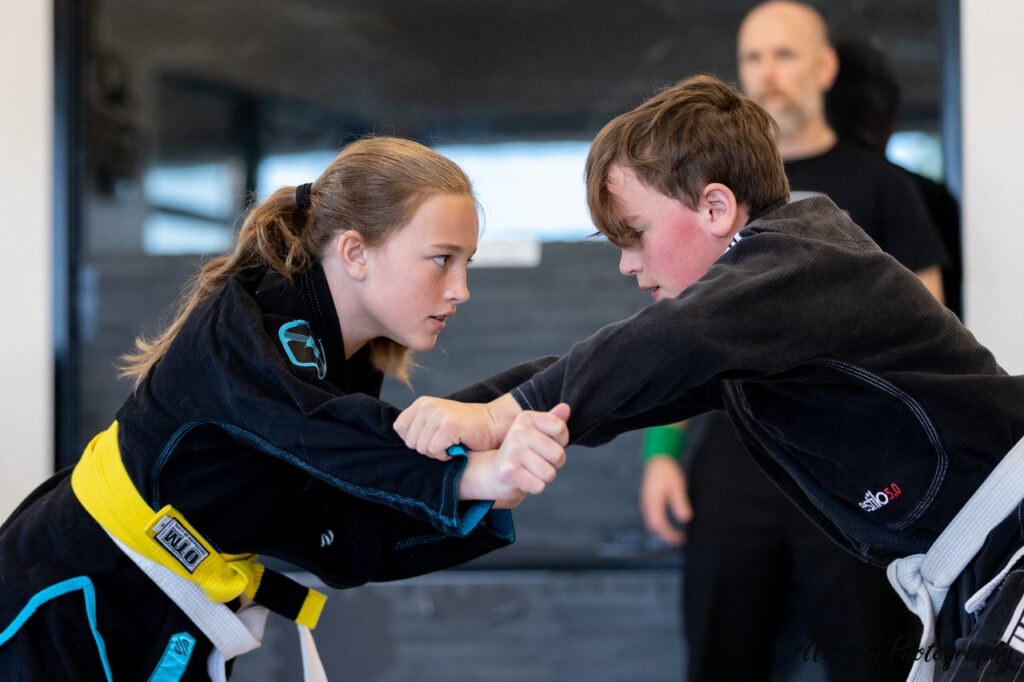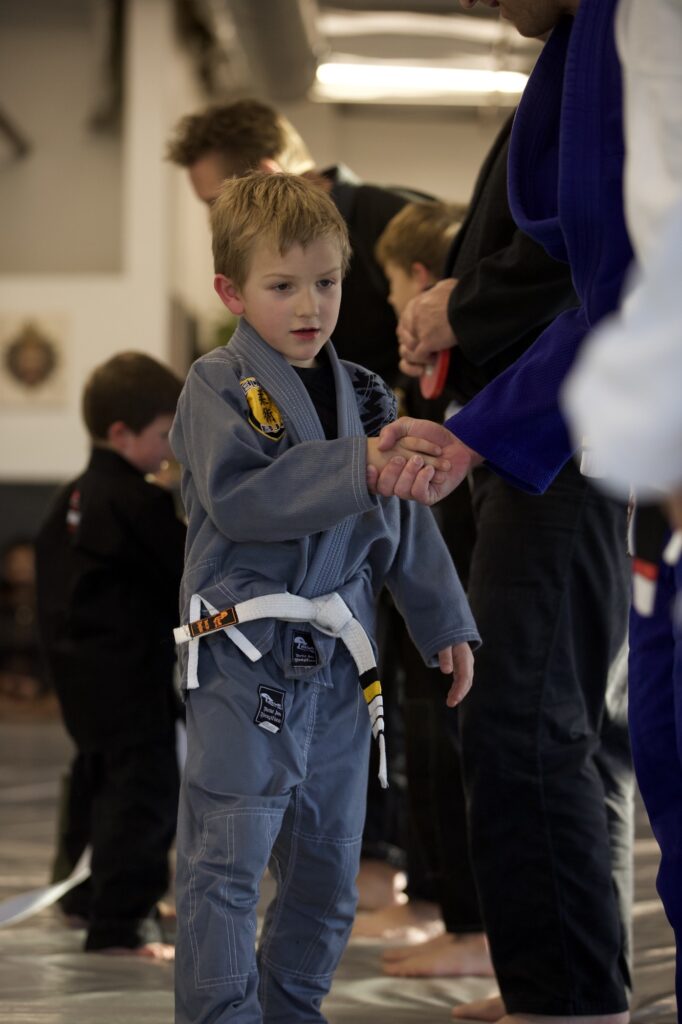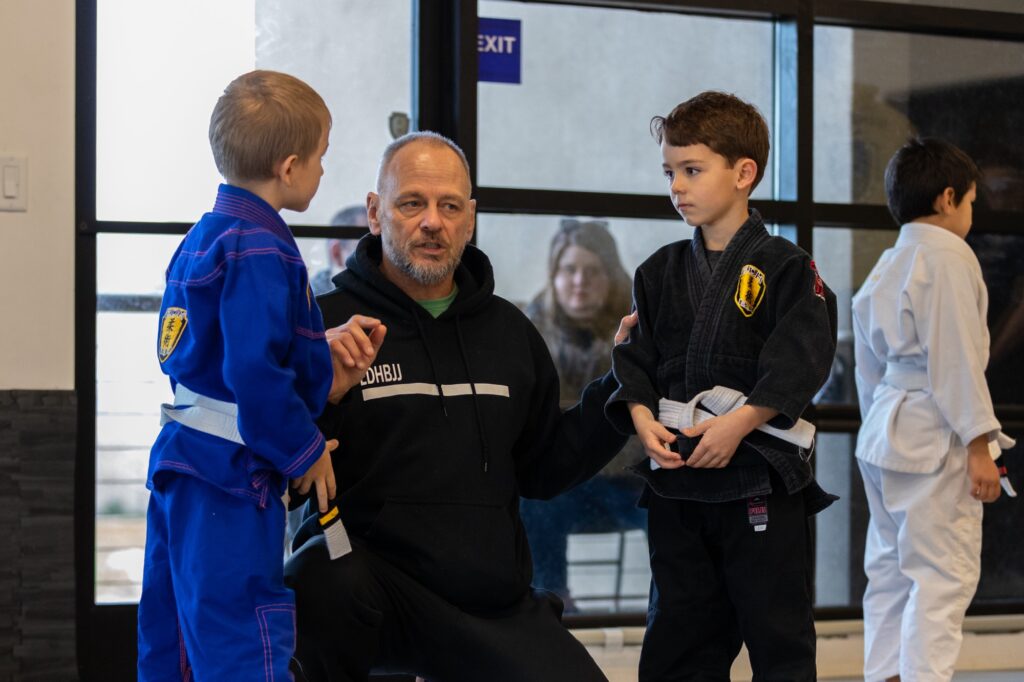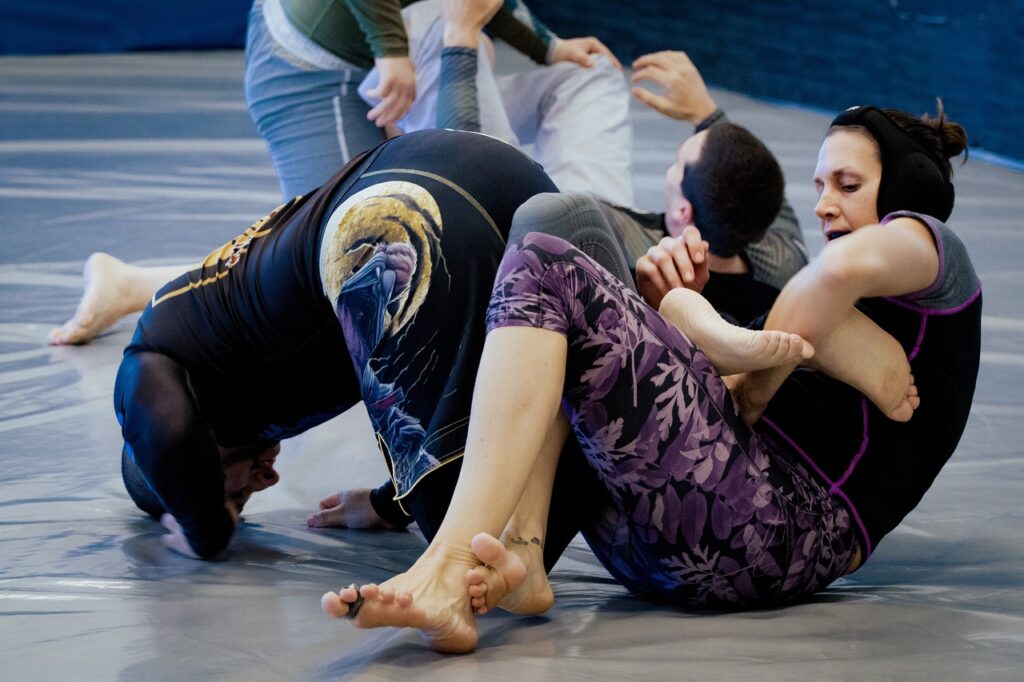
At El Dorado Hills Jiu Jitsu, we believe that martial arts is more than just self-defense or competition—it’s a pathway to personal growth, community, and opportunity. This belief inspired the creation of Guardian El Dorado Hills, our 501(c)(3) nonprofit program, which is dedicated to providing scholarships for teens to train Jiu Jitsu, regardless of financial circumstances.
What Is Guardian El Dorado Hills?
Guardian El Dorado Hills is a program designed to break down barriers that prevent young people from accessing the life-changing benefits of Brazilian Jiu Jitsu. By covering the costs of training, uniforms, and other essentials, we make it possible for teens to join our mats, learn valuable skills, and become part of a supportive community.
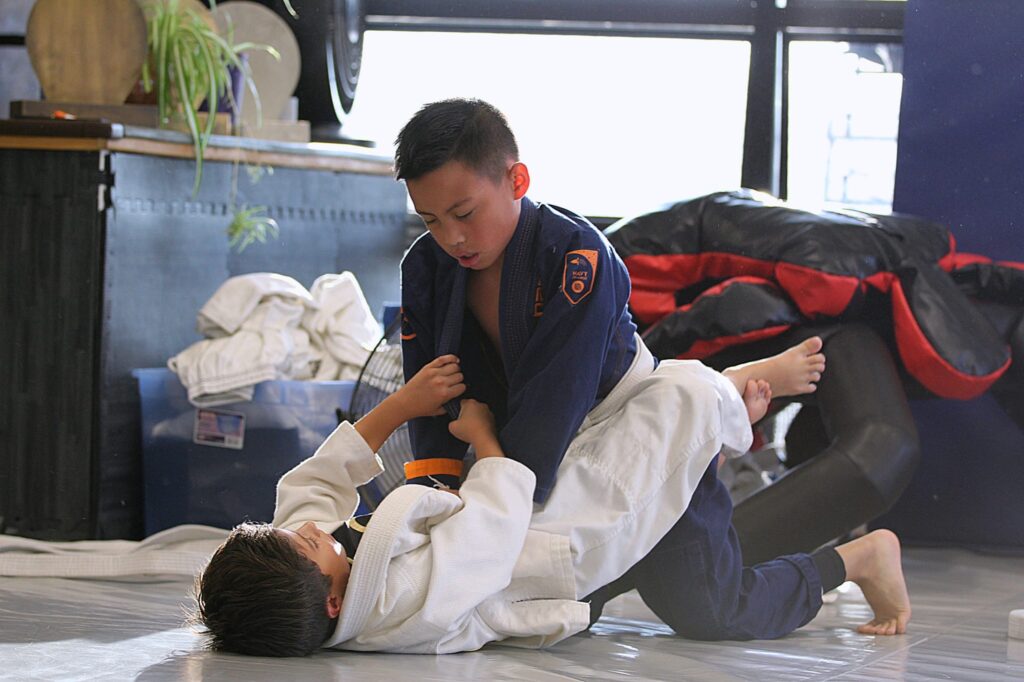
Why Jiu Jitsu?
Jiu Jitsu teaches much more than physical techniques. It builds discipline, humility, and resilience—qualities that help young people face life’s challenges both on and off the mats. For teens, it’s a transformative experience that fosters confidence and mental fortitude. Whether they’re learning how to escape a difficult position in a match or navigating a tough situation in life, Jiu Jitsu provides tools to succeed.
How It Works
Guardian El Dorado Hills provides scholarships to eligible students who are passionate about learning Jiu Jitsu but face financial challenges. The program is supported by generous donations, fundraising events, and the tireless efforts of our gym community.
Students in the program receive:
- Free or reduced-cost training at El Dorado Hills Jiu Jitsu
- Access to uniforms and training gear
- A welcoming environment with mentorship from experienced instructors
Building a Stronger Community
Through Guardian El Dorado Hills, we aim to make a positive impact not just on the individuals who train, but on our community as a whole. Jiu Jitsu teaches values like respect, accountability, and teamwork, which ripple outward into families, schools, and neighborhoods.
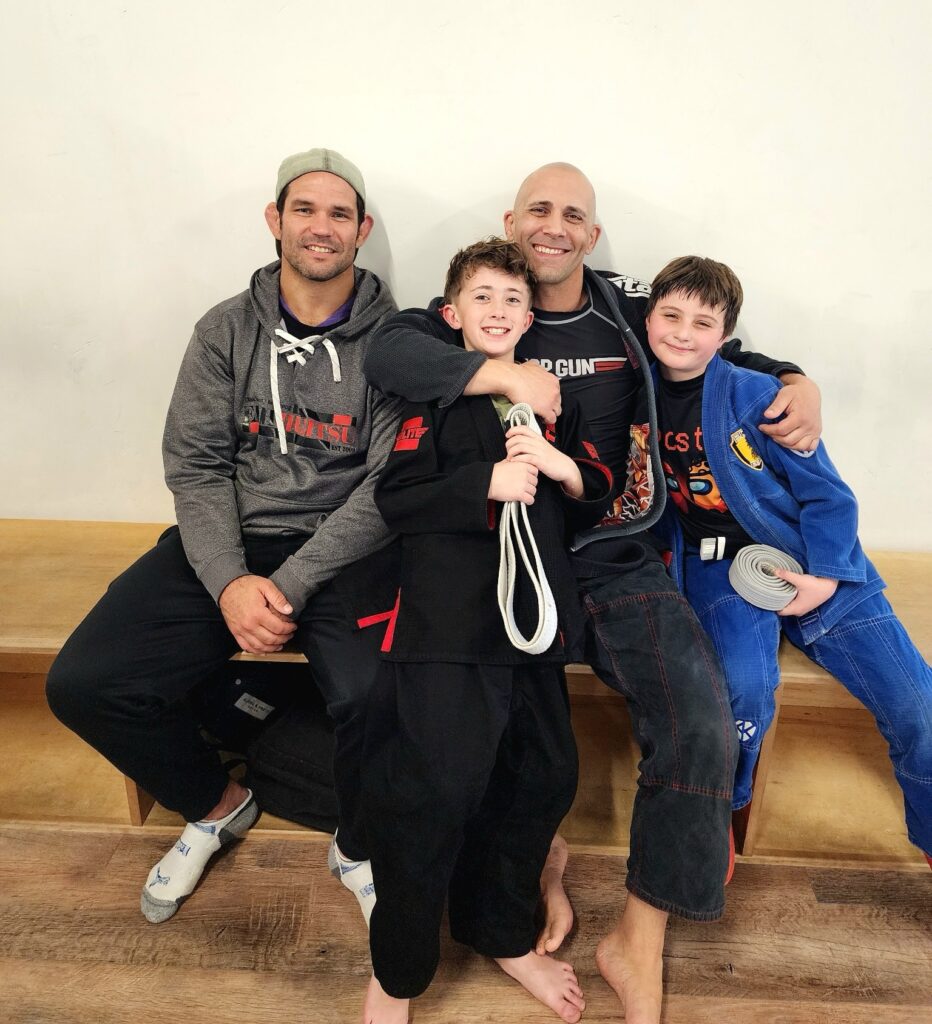
How You Can Help
The success of Guardian El Dorado Hills relies on the support of people like you. There are several ways to get involved:
- Donate: Contributions of any amount directly fund scholarships and training equipment for students in need. https://givebutter.com/edh
- Volunteer: Help us organize fundraising events or assist with the program.
- Spread the Word: Share our mission with friends, family, and local businesses to raise awareness and support.
Looking to the Future
We are proud of what Guardian El Dorado Hills has already achieved, but we’re just getting started. With continued support, we can expand the program to reach even more teens and ensure that financial hardship is never a barrier to joining our mats.
By empowering young people through Jiu Jitsu, we’re building a stronger, more connected community—one student at a time.
For more information or to make a donation, contact us or visit us at El Dorado Hills Jiu Jitsu. Together, we can make a difference!
